First, let's zoom out
Hybrid hype or sensible choice?
Automate
A hybrid decides for itself when to drive electrically or on petrol; you only notice the quieter start-up.
Integrate
The benefits of electric driving are smoothly woven into a familiar petrol experience – handy if charging-point anxiety puts you off.
Optimise
Fuel consumption falls mainly in city traffic, but on the motorway that benefit evaporates faster than coffee in a to-go cup.
Clarify
Tax incentives fade from 2025, so it pays to take a long-term view now.
So, a kind of interim step?.
So, a kind of interim step?
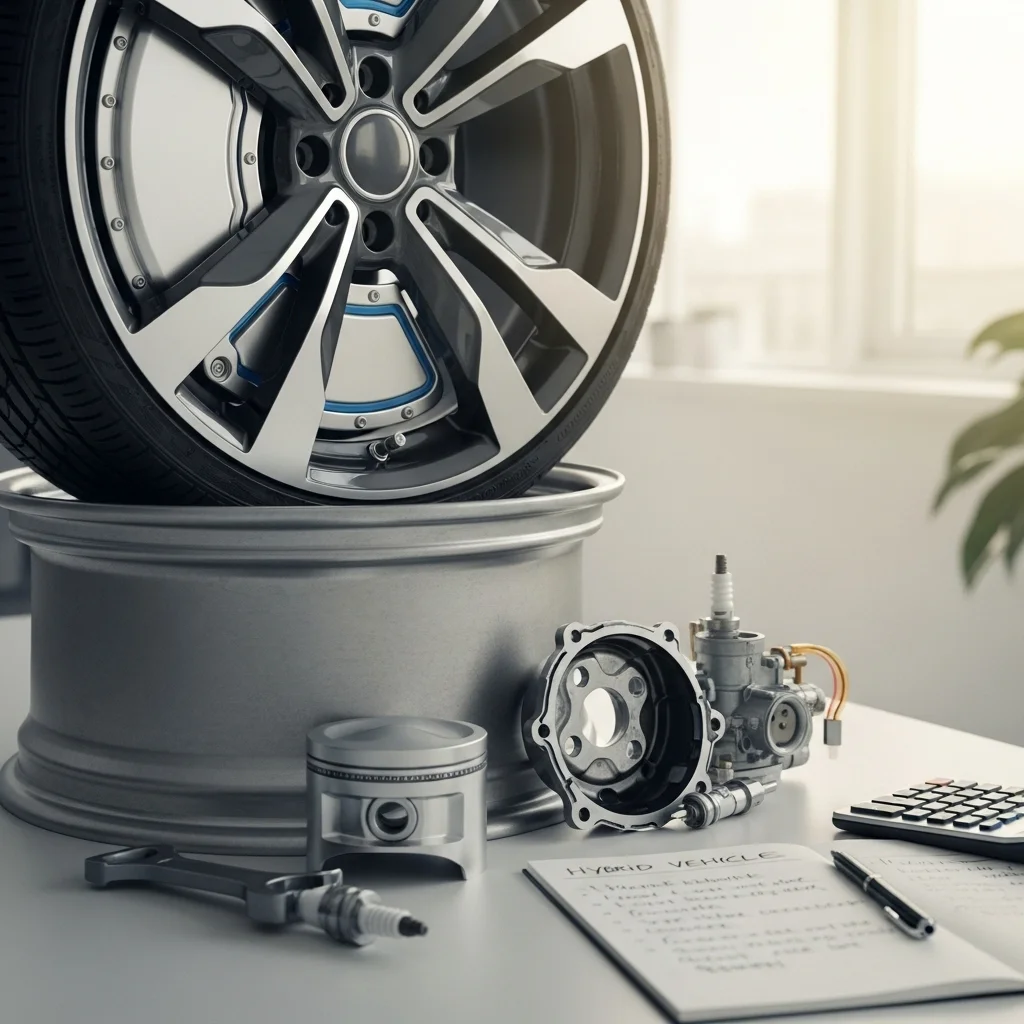
The hybrid promise in brief
Hybrids promise low emissions without the hassle of a charge cable. In practice, the gain depends on your daily route and tax position.
Where is the catch?
Small battery pack drains quickly; after that you haul ballast around
Road-tax discount vanishes from 2026, plug-in or not
Used-car residual value fluctuates, so risky but not hopeless
Fully electric prices are falling, shifting the hybrid sweet spot
Some hybrid models can now fast-charge, reshuffling the deck
Decide step by step.
Follow these five steps to tailor the hybrid decision to your situation.
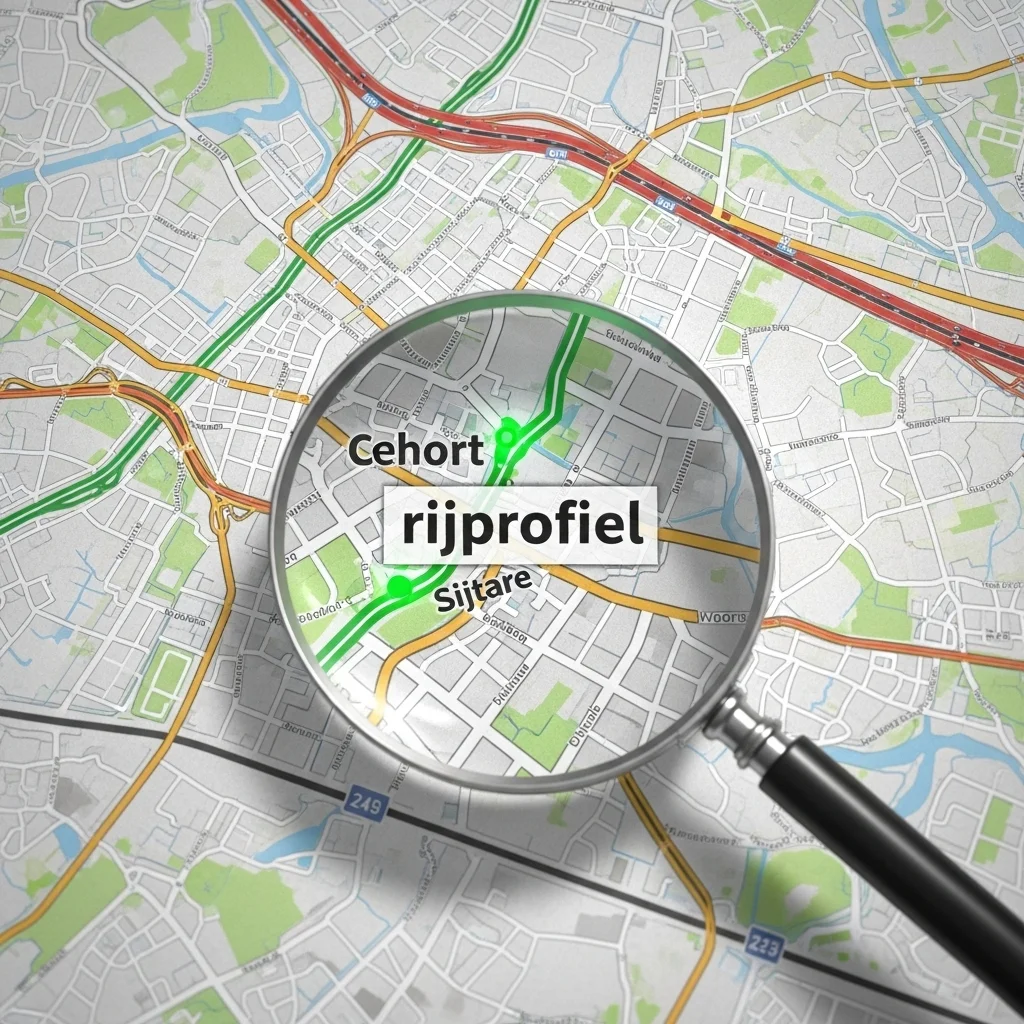
Step 1 — Discover your driving profile.
If you mainly make short city trips, you benefit most from electric assistance. Motorway commuters see less advantage because the petrol engine does most of the work and the battery gets bored.
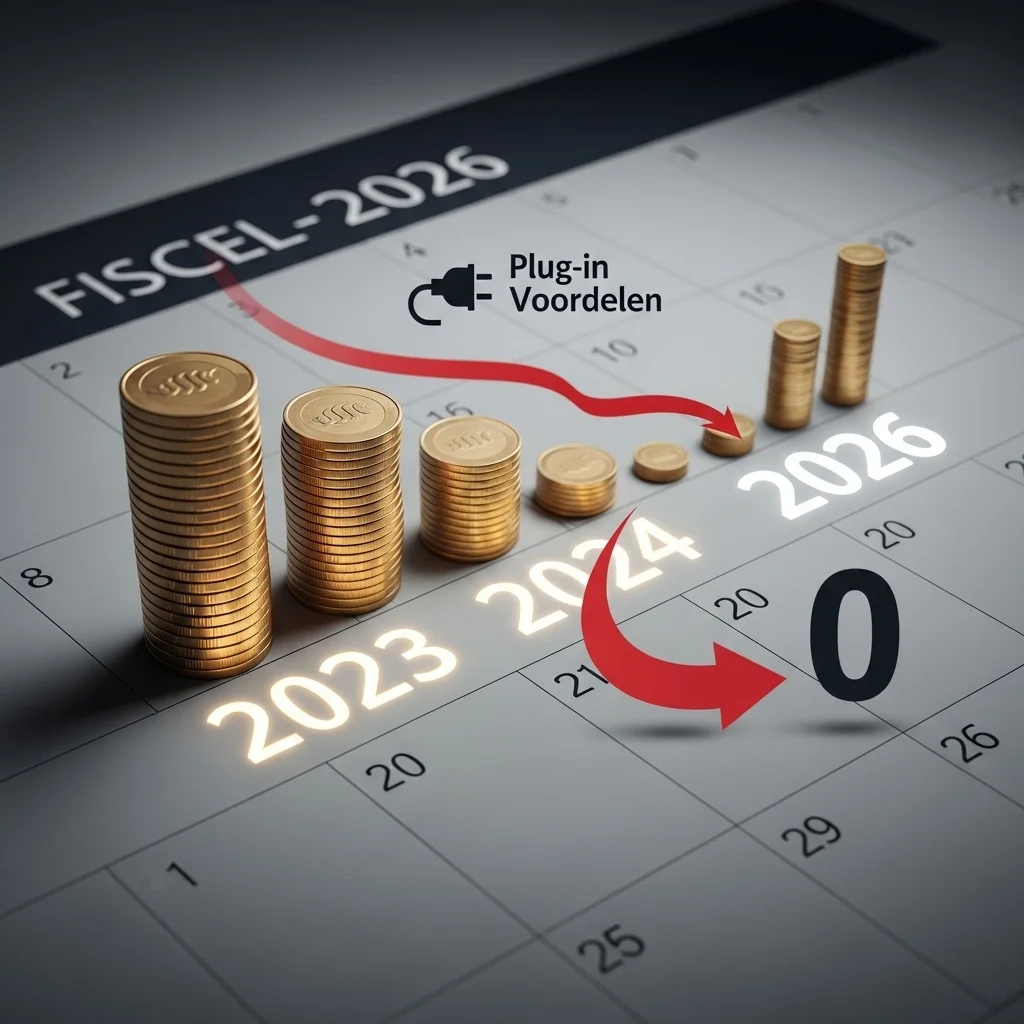
Step 2 — Consider tax timing.
With the BPM exemption for plug-ins expiring, a fully electric car can even be cheaper tax-wise. So check not only the sticker price but also road tax and benefit-in-kind (for business users).
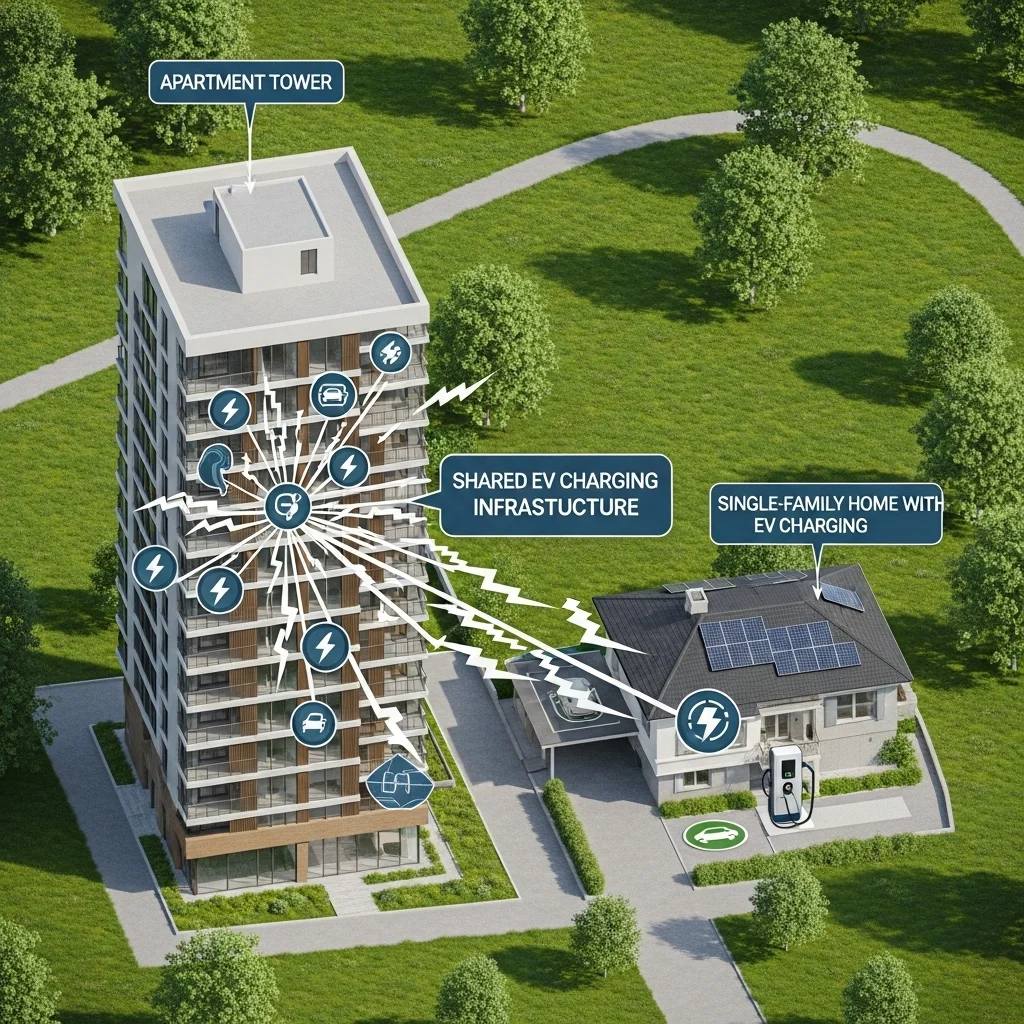
Step 3 — Check your charging infra.
Have a driveway or garage? Then you can charge a plug-in hybrid in a few hours and make full use of its electric range. In a flat without a fixed spot you pay public-charger rates, and the benefit disappears.
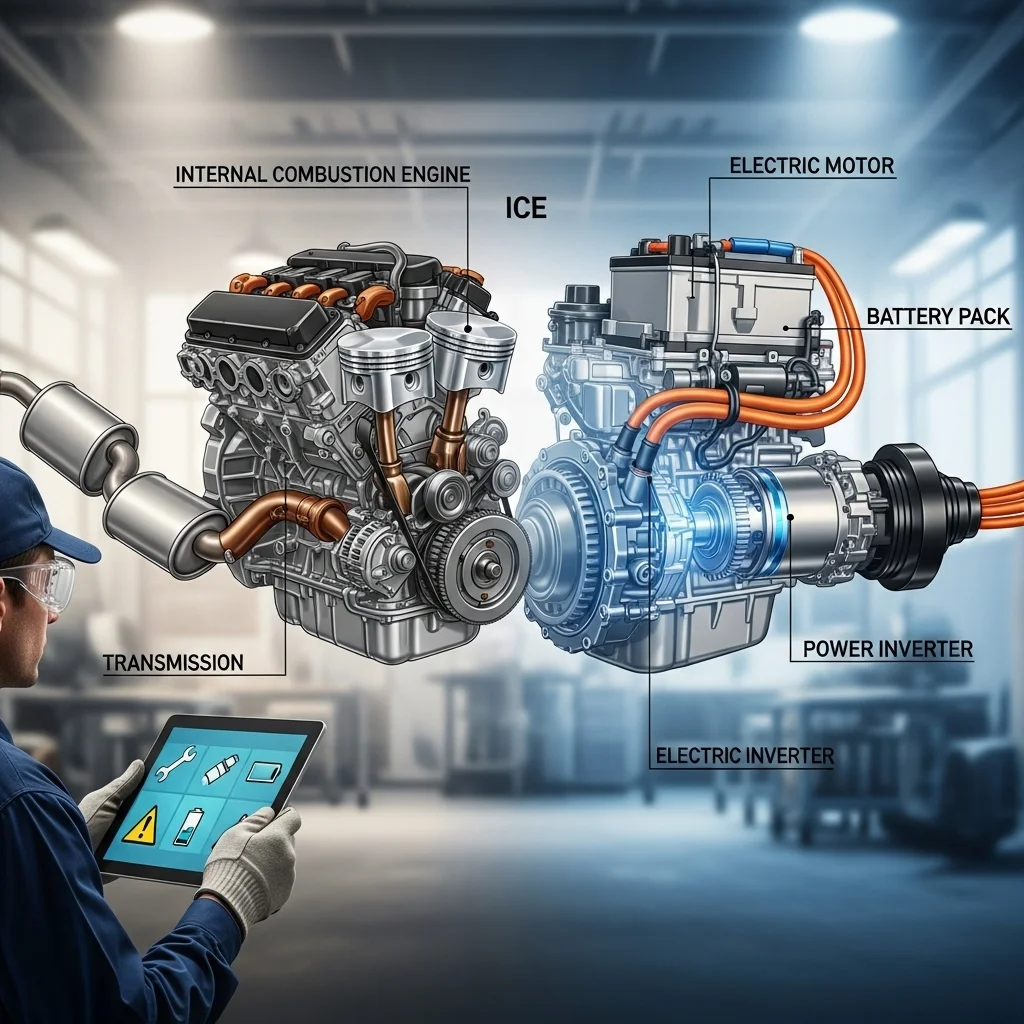
Step 4 — Weigh maintenance and technology.
Hybrids have two drivetrains, meaning more parts that can fail, although real-world figures are favourable. Make sure the workshop is high-voltage certified; otherwise you pay tuition fees.
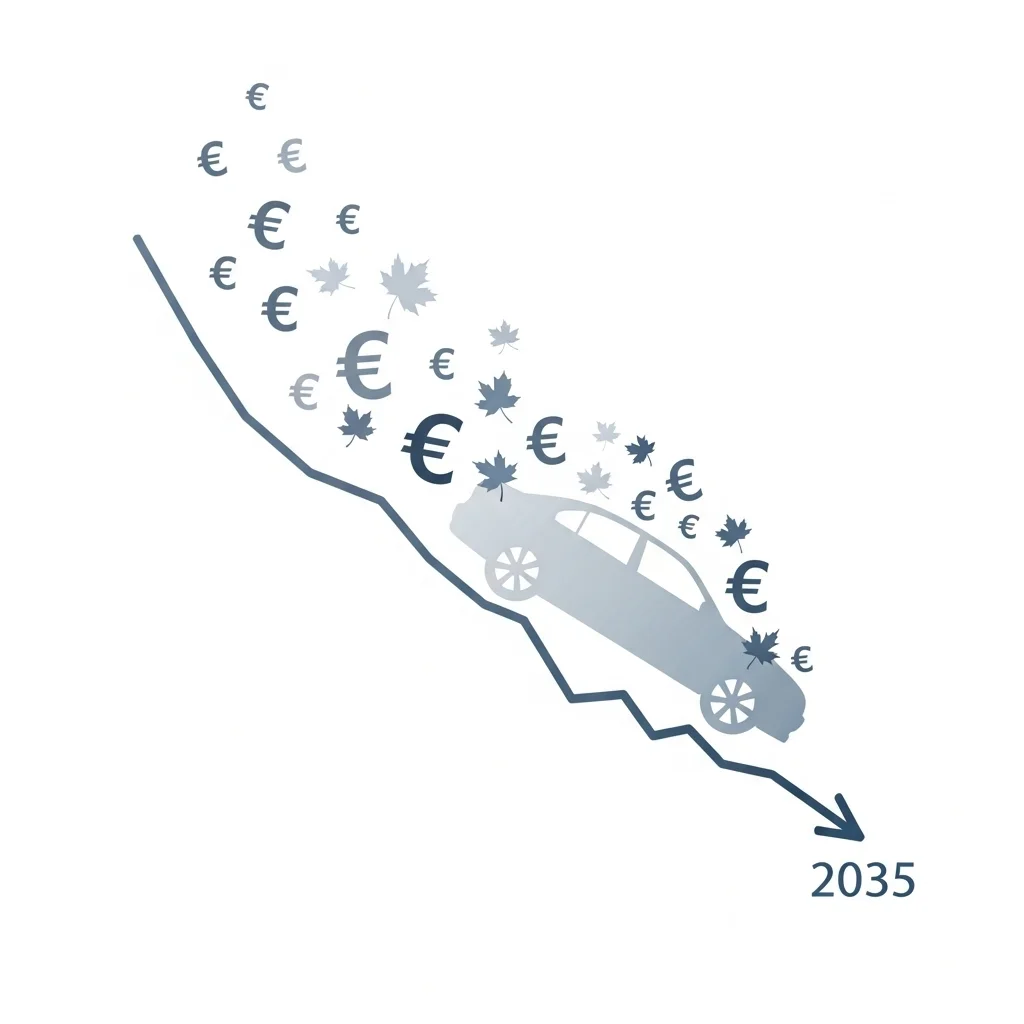
Step 5 — Look to the future.
The government is aiming for zero emissions by 2035. Used-car buyers will soon prefer fully electric models. Saying no to a hybrid can therefore be a strategic move to limit depreciation.


Fancy a reality check?
Schedule a no-obligation video call with our mobility experts. Together we will compare your driving data with the latest tax rules, so you can wade through the charging-point swamp with dry feet.
Philosophical intermezzo
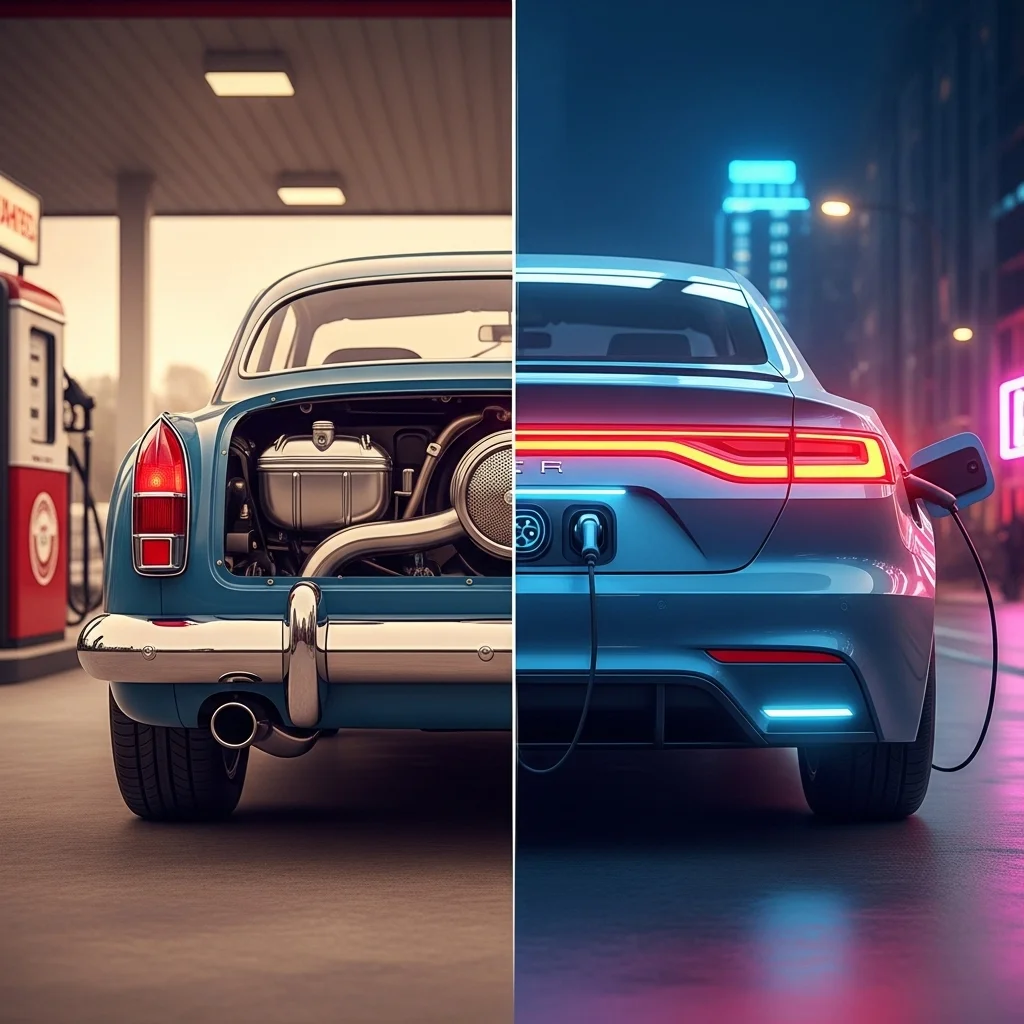
The paradox of the interim solution
A hybrid seems to capture the best of both worlds and, technically speaking, it does. Yet the concept raises questions about half-measures. Is technology designed as a bridge not, by definition, temporary? What was cutting-edge yesterday feels outdated tomorrow. That thought nags, especially when you invest in something you want to drive for five or six years.
The psychology of certainty
People love a plan B. Having a petrol tank in reserve gives comfort, like keeping an umbrella in the boot on a British June day. But comfort adds weight, both literally and mentally. It makes switching harder because you are not forced to jump. Some mobility strategists argue that a clear “no hybrid” stance prevents fragmentation and thus accelerates the transition.
Critical look at the costs
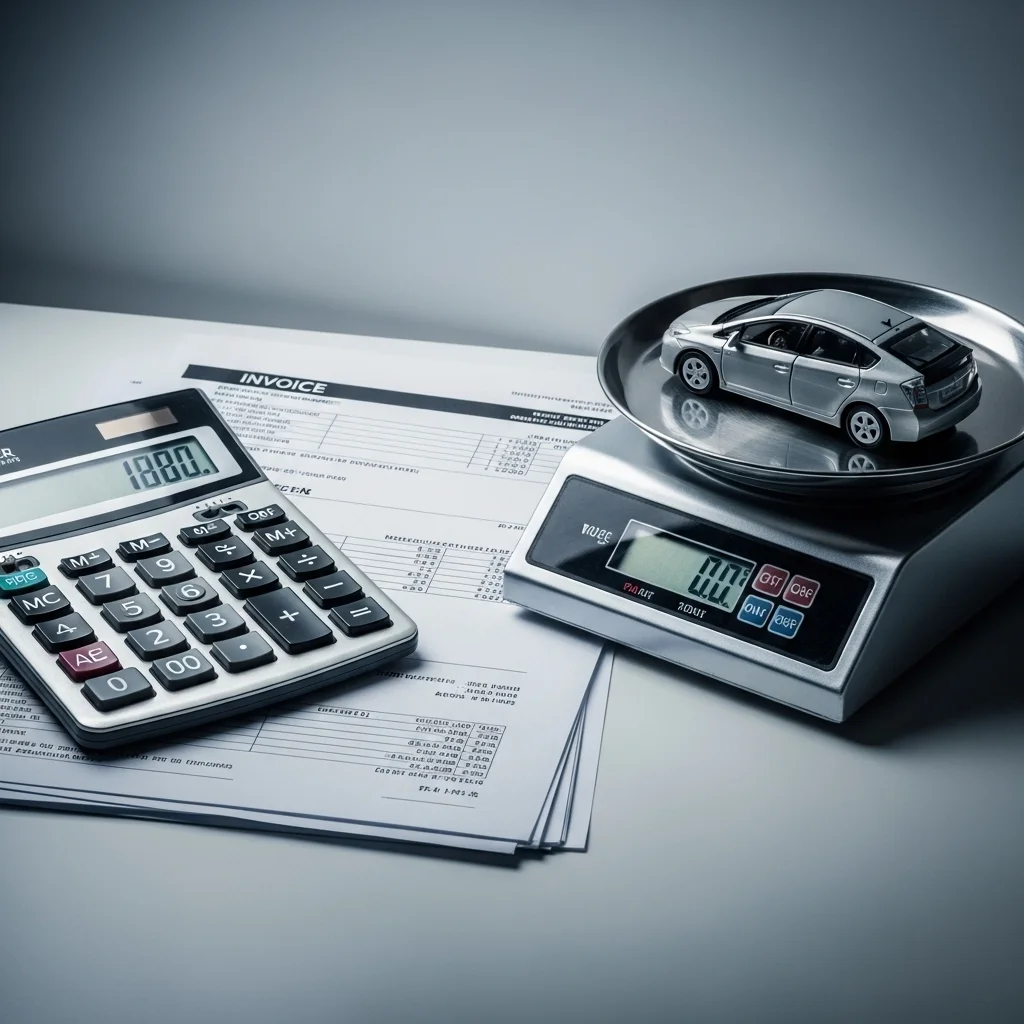
Mathematical twist
At 15,000 km a year, a hybrid that does 20 km per litre offers only marginal savings compared with a modern three-cylinder petrol car. Add the higher purchase price and road tax and the financial picture shows cracks. Yet there are scenarios in which a plug-in does pay back: commute under 40 km, private charge point and a green electricity contract.
Unforeseen expenses
Battery replacement remains a spectre. Although manufacturers give up to eight years’ warranty, data from taxi fleets show that after 200,000 km degradation limits usable capacity, affecting residual value. Add the chance of paid software updates and total cost of ownership can creep up.
Practical tips without the fuss
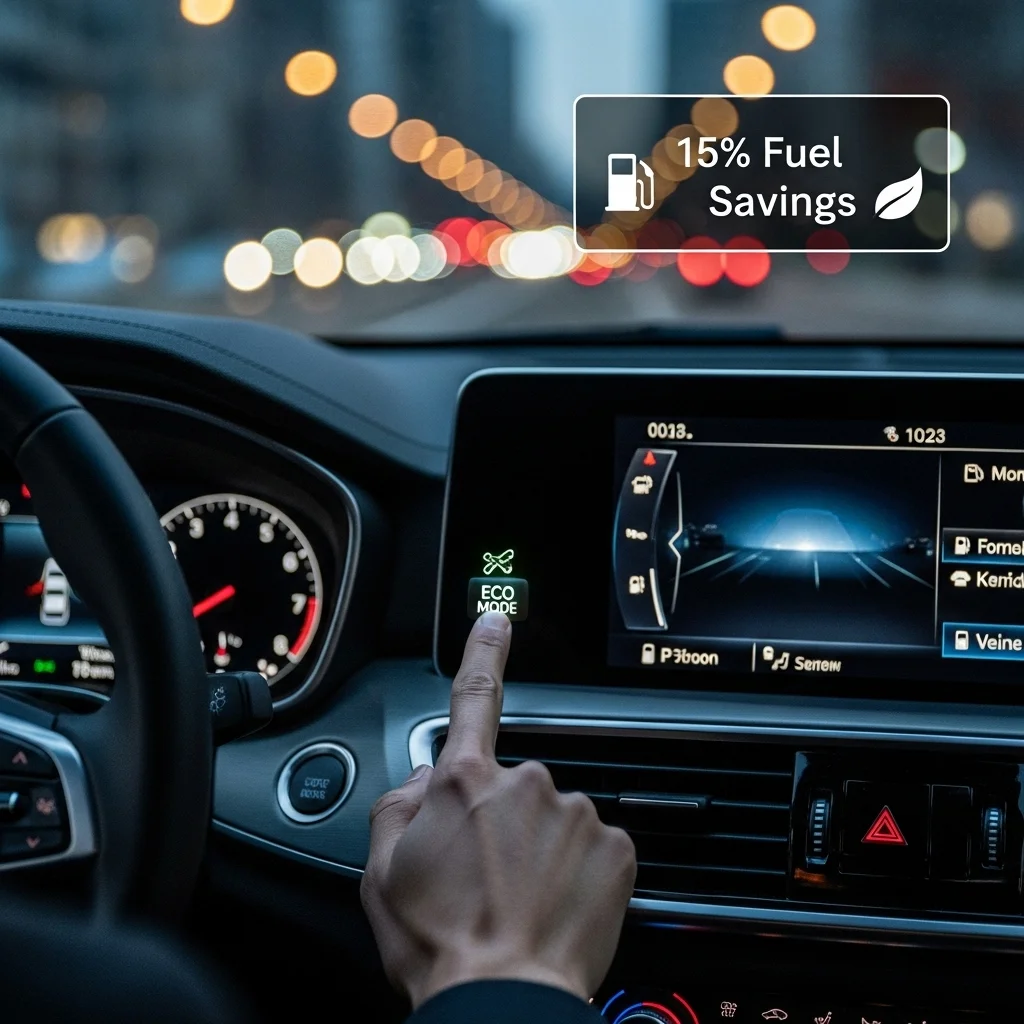
How to squeeze everything out of your current hybrid
Already driving a hybrid but doubting your next step? Use ECO mode in urban traffic as much as possible; brake regeneratively so the battery is constantly topped up; avoid short cold starts by bundling trips; and use an app that shows in real time when the combustion engine kicks in. By consciously playing with throttle and brake you can save 10–15 % on fuel – really.
When to sell at the top?
Market value often peaks just before major tax changes. With the reduction of road-tax discounts in sight, selling before 2026 can be smart. After the change, demand drops – history of earlier subsidy schemes proves it.
Looking ahead to 2030
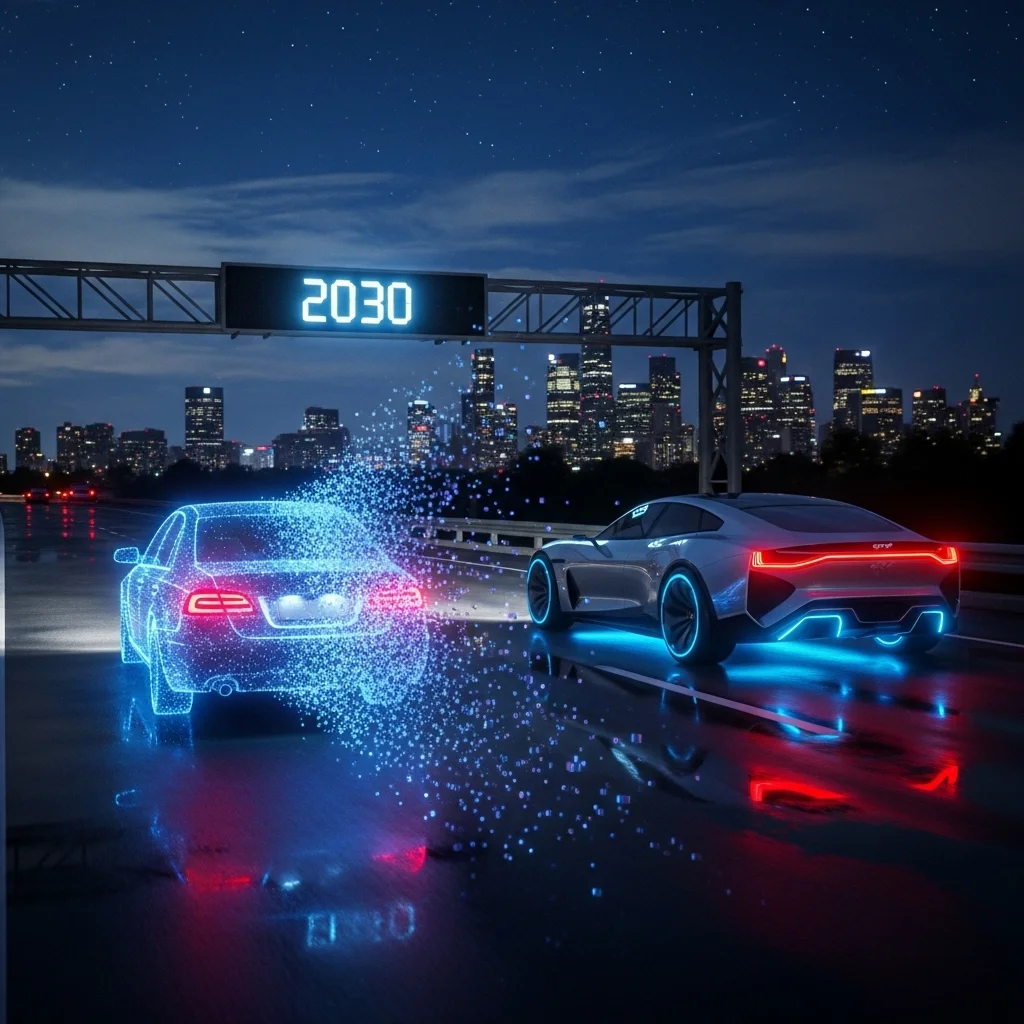
Hybrid in the zero-emission landscape
Under pressure from European CO₂ targets, hybrid market share will shrink by 2028, analysts at BloombergNEF predict. Manufacturers are shifting R&D budgets to solid-state batteries and hydrogen fuel cells. The hybrid development pipeline is narrowing, affecting parts availability and software support. That said, the technology remains useful for heavy segments (SUVs, vans) where range is critical.
Innovations can still surprise
A new category of range-extender EVs promises, with small petrol generators, to build another bridge. Yet the core point stands: every litre of fuel equals CO₂. Those who now declare “no more hybrids” speak the language of future regulation.
Frequently asked questions
Join the conversation about your mobility choices
We invite you to a no-obligation session. Bring figures, doubts and dreams; we bring up-to-date data and honest advice. Together we will decide whether “no hybrid” is truly your best move.
1. Why should I deliberately choose no hybrid car? 🙂
A hybrid only shines if you consistently use the electric mode. Without a charge point, with long motorway trips and few urban journeys, you gain too little. Tax advantages are also disappearing fast, turning the business case upside down.
2. Isn't a fully electric car too expensive? 🤔
Purchase price is still higher, but total costs drop because of lower maintenance and energy bills. Many councils also offer charging infrastructure and grants for charge points, lowering the threshold.
3. What will happen to the residual value of my current hybrid? 💸
History shows residual values fall once subsidies or road-tax discounts end. We saw it with the Mitsubishi Outlander PHEV in 2017. Selling earlier can be smart, although the market remains volatile.
4. Are plug-in hybrids completely hopeless then? 😅
Not necessarily. In rural areas without rapid chargers and for drivers with a fixed charge point, plug-ins can still clock up 60 % electric kilometres. You must, however, be disciplined about charging; otherwise it drives like an overweight petrol car.
5. What about maintenance complexity? 🛠️
Two drivetrains mean more components. Experience shows coolant hoses and power converters need extra attention. Costs stay reasonable as long as you stick to a hybrid-certified workshop.
6. Is it true that the road-tax advantage for plug-ins will disappear? 📅
Yes. According to the Dutch government you will pay the full rate from 2026. That reshuffles the financial deck and strengthens the “no hybrid” argument.
7. What if solid-state batteries take years to arrive? ⏳
Hybrid and plug-in technology will bridge the gap, but manufacturers continue to invest heavily in battery innovation, so the uncertainty is temporary.
8. Is hydrogen an alternative stepping stone? 💧
For passenger cars, hydrogen is currently expensive and scarce. Infrastructure is growing slowly, mainly for lorries. Fully electric therefore remains the logical successor unless you have specific heavy-duty needs.










.webp)
